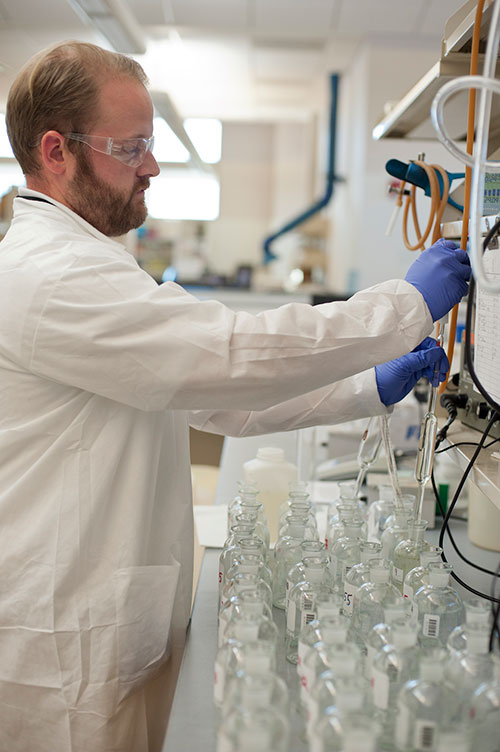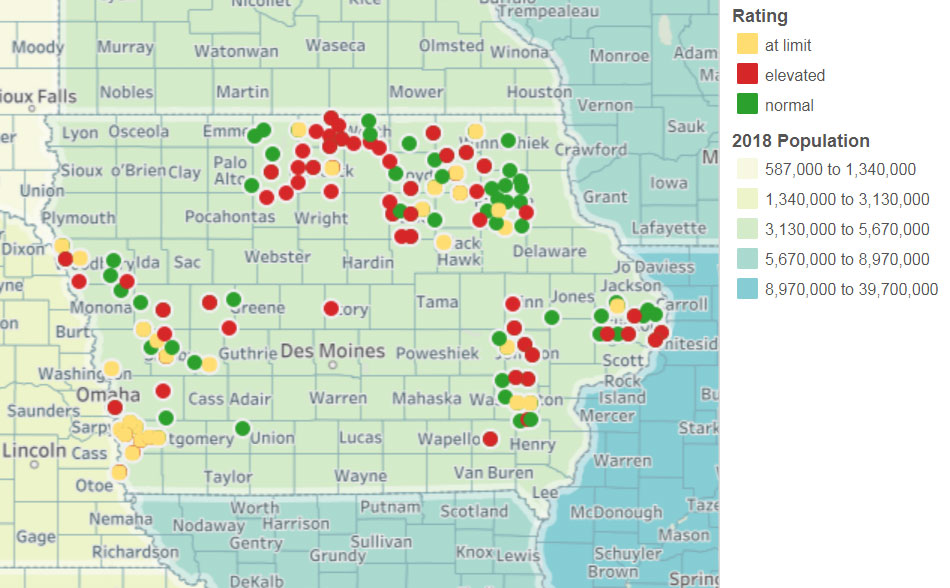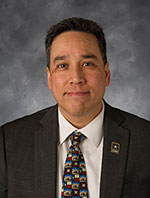
Matthew Banford makes a series of dilutions on a sample for the biochemical oxygen demand analysis.
Inorganic elements are minerals and metals found in the environment, some of which are harmful to human and animal health, even with minimal exposure. Some inorganic compounds occur naturally in the environment, such as metals found in soil and rock, while others are present due to human activities, such as crop fertilization or the use of lead in paint prior to 1978. Detection of these elements is important because mitigation techniques can then be implemented to reduce potentially dangerous exposure.
Testing is conducted for state agencies, public water supplies, county public health departments, businesses and private citizens. The Inorganic Chemistry section can determine the presence of inorganic elements in air, groundwater, drinking water, surface water, wastewater, soil, sludge, vegetation and food. Tests conducted on these matrices can determine the presence of arsenic, cadmium, mercury, lead and many other metals in the environment.
Samples from public and private (well) water supplies are analyzed for levels of nitrate, nitrite, total coliform and E.coli bacteria. Testing for lead in dust, paint, soil, pottery and food products is performed to help identify sources of lead exposure.
Inorganic Chemistry samples with short holding times (within 48 hours of collection) are tested to determine the presence and levels of orthophosphate, nitrite and nitrate. Determination of levels of oil and grease in waste streams is performed at the Coralville laboratory.
Levels of arsenic in well water tested by SHL are indicated by dots in red (elevated), yellow (at EPA’s limit for public water supplies) and green (normal).

HIGHLIGHTS
- Tested more than 1,000 beach sand samples from four Iowa beaches to measure E.coli per dry weight per gram.
- Total suspended solids
- Ammonia
- Metals
- Nitrate/nitrite
- Total Kjeldahl nitrogen



